Tag: anaesthesia
-
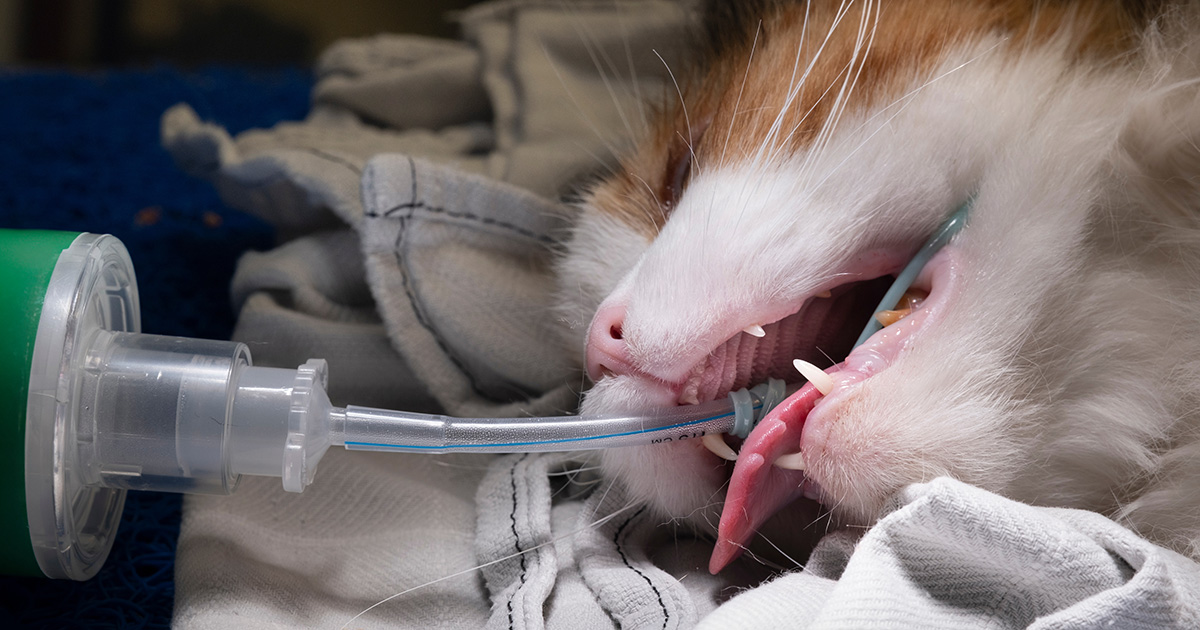
ET tubes in cats – can you cuff it?
—
by
Is cuffing endotracheal tubes during cat anaesthesia an old wives tail, or can we CATapult some new ideas into the modern day? From day one as a veterinary nurse or vet, it is drilled into us to use uncuffed or cuffless endotracheal tubes (ET tubes) for any anaesthetics involving cats. The main reason behind this…
-
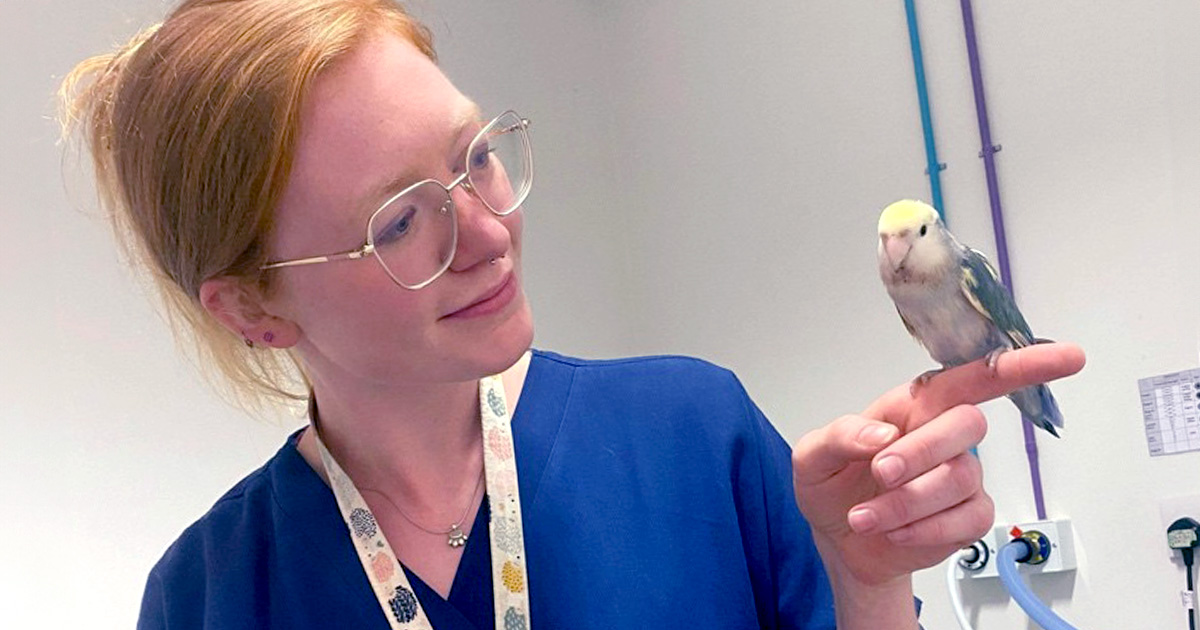
Avian anaesthesia
—
by
Did you hear about the grumpy owl with an upset stomach? He had irritable owl syndrome… Birds are a case of fight-or-flight (almost literally) for staff in the veterinary practice, especially when it comes to anaesthesia. Many will avoid due to a lack of experience, uncertainty, or a fear of the patient’s delicate nature, yet…
-

It was a good day
—
by
Don’t forget to reflect on the things that made you smile today. I still have little things I do at work today that I was shown 20 years ago; little habits that make my system easier – the use of muscle memory and routine, an order of which I do things because that’s the way…
-
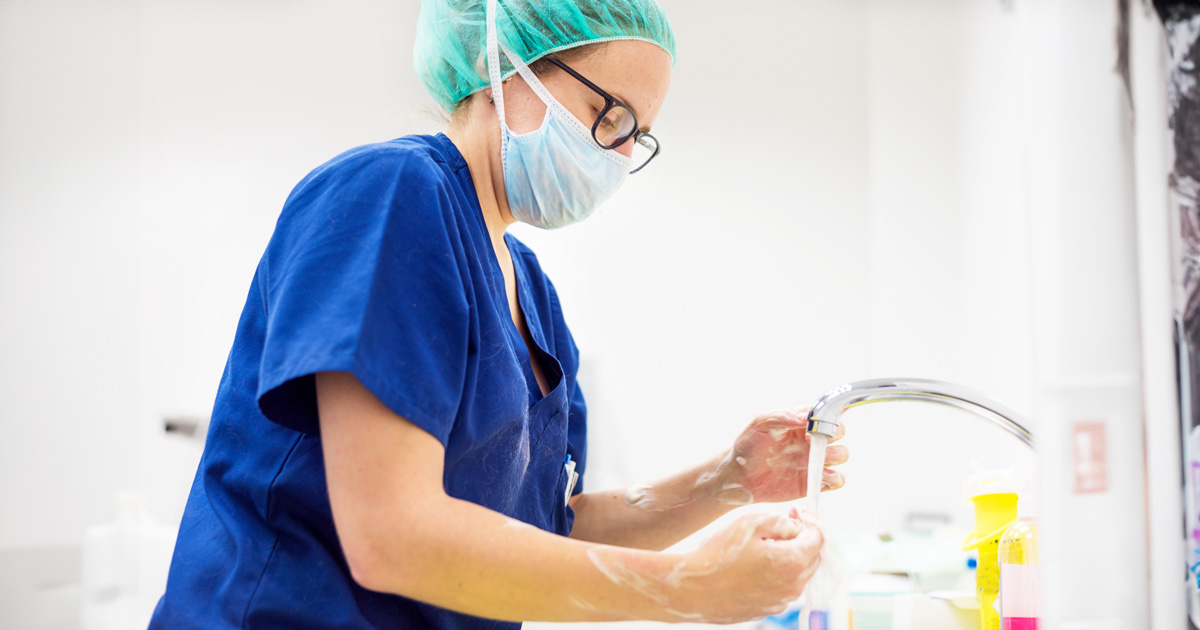
Put your hands where my eyes can see
—
by
Theatre practice. It’s a funny world, the world of asepsis and sterility. To an alien, the rituals we go through to prevent infection – our repetitive, obsessive attitude towards touching certain things after a period of cleansing – must seem very bizarre. And this weird ritual continues once we enter theatre: Don’t touch anything unless…
-

The world is yours
—
by
There’s a constant pressure in the industry to do something else. Whether that pressure comes from us wanting to branch out and experience different practices, different countries, different disciplines, or whether its pressure from society for you to change it up a bit. It’s almost like you can’t possibly be happy in the same job,…
-
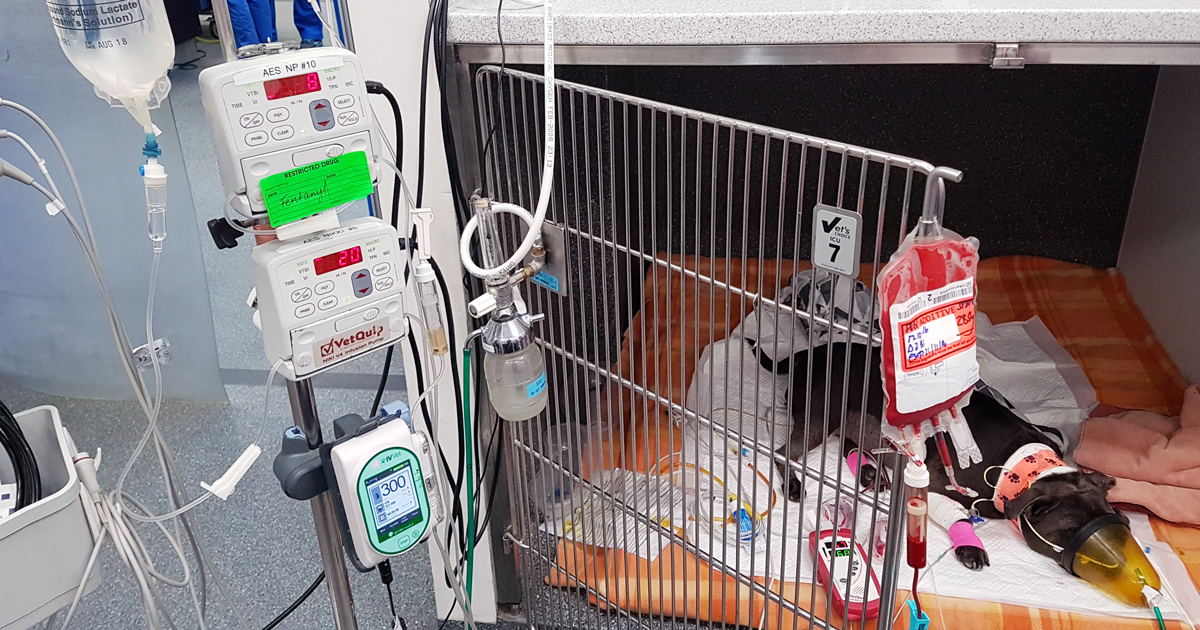
Blood transfusions, pt 1: clinical signs
—
by
I get asked frequently when is the right time to transfuse an anaemic patient? The difficulty lies in the fact not all anaemic patients require blood transfusions. Just because a patient has pale mucous membranes does not mean the patient needs a transfusion. The term commonly brought up during the discussion is “transfusion triggers present”.…
-
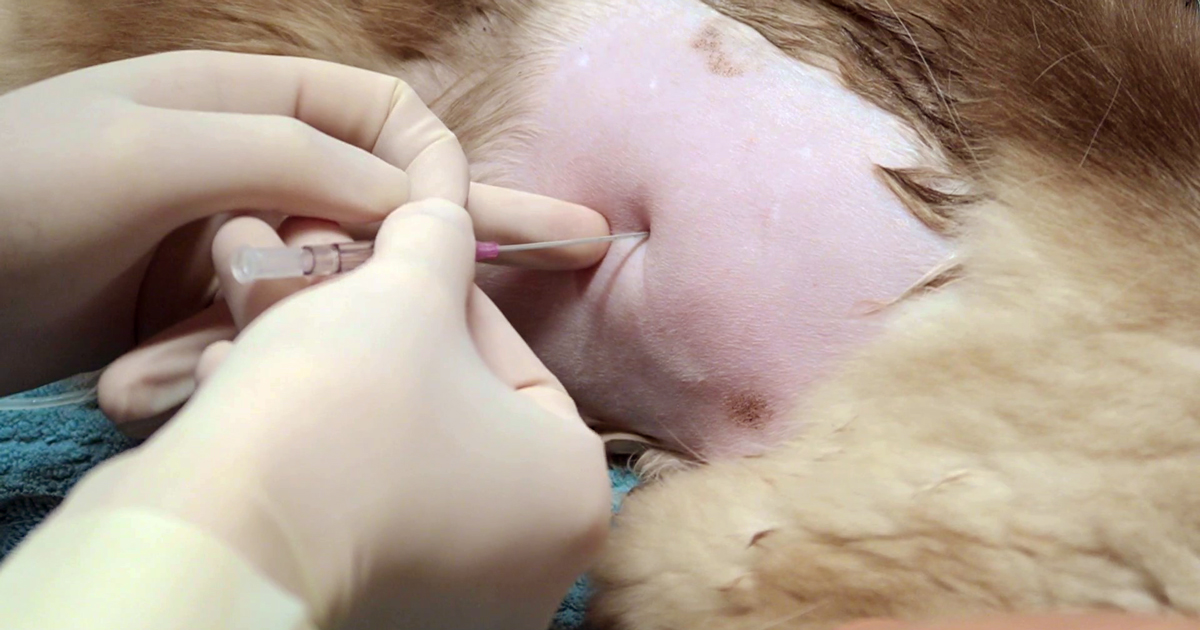
Thoracentesis, part 1: indications, equipment and protocol
—
by
Thoracentesis is a relatively straightforward and life-saving technique for seriously dyspnoeic animals with pleural space disease, and is a valuable diagnostic tool. Here are my tips for getting the most out of your approach to performing a thoracentesis. Indications Therapeutic – relieve respiratory distress caused by pleural effusions and pneumothorax. Diagnostics – cytological examination of…
-
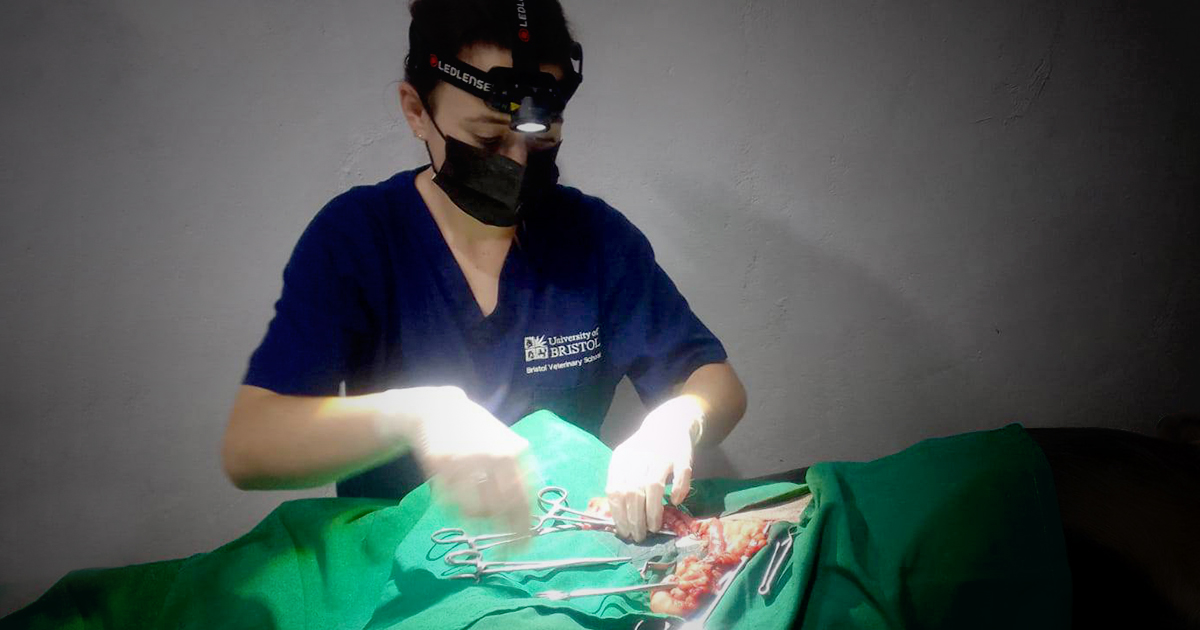
Cutting edge (Goad in Goa, pt 2)
—
by
My recent trip to India comprised two weeks of intense sun, gorgeous beaches and delicious food that truly tested the constitution of my stomach. The majority of my time, however, was spent doing what I had gone all the way out there to do: surgery – lots and lots of surgery! After 10 weeks of…
-
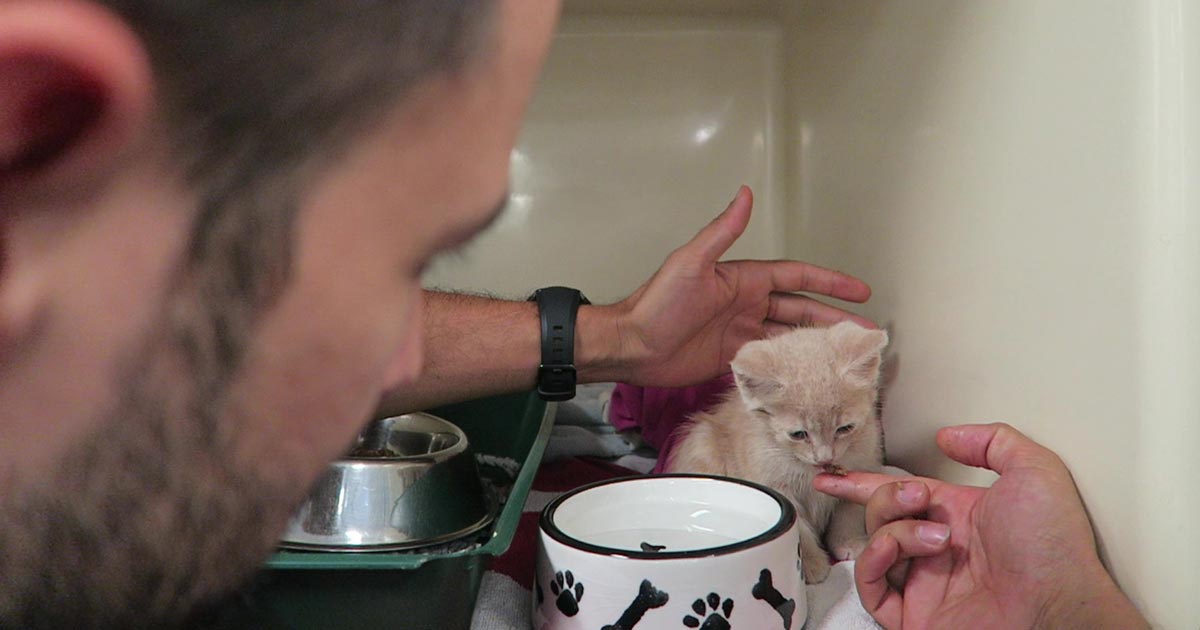
Nutritional healing power
—
by
Nutrition is a key factor in a patients recovery; in fact, numerous studies show getting patients to eat as soon as possible or providing nutritional support early has several benefits: Patients start to eat on their own earlier. They are less nauseous once they start. Reduced mortality. Improved wound healing. All of these contribute to…
-
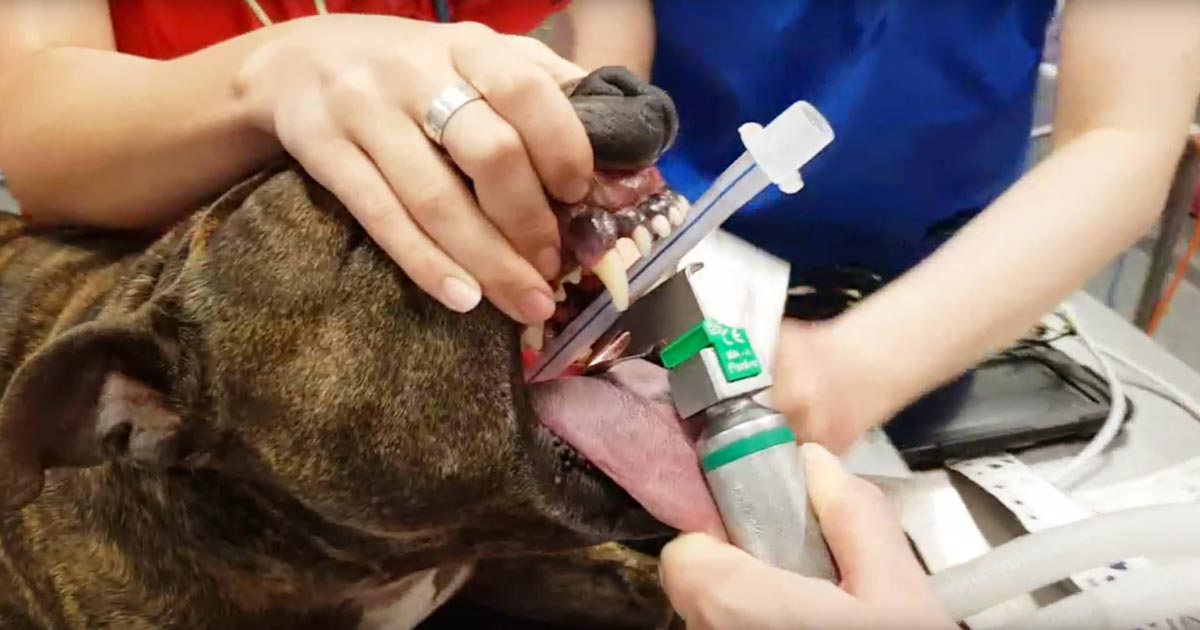
Laryngeal paralysis
—
by
This patient was brought to us for exercise intolerance, breathing difficulty and loud airway sounds. The patient has laryngeal paralysis. This is where the muscles controlling the arytenoids cartilages do not work and leads to failure of opening of the arytenoids during inspiration. Most commonly seen in middle-aged large breed dogs, it can occur acutely,…